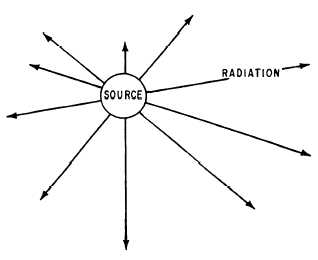Figure 1-4.–Light emitted from a source.
Once light is produced (emitted), it is no longer
dependent on its source, and only its speed is affected
by the many mediums through which it can travel.
Another example of the independence of light is that
when light travels from air into a denser but transparent
medium, such as glass, its speed is reduced. But when
it leaves the glass, it returns to its original speed. This
changing speed is important in refraction, a behavior of
light that allows lenses to form images.
Unless light is reflected or focused, it travels or
radiates in all directions from the source. As light travels
from the source, its energy of light spreads out. The
greater the distance it travels, the more it spreads out
(fig. 1-4). Therefore, the amount of light reaching a
given area at a given distance is less than that reaching
the same area closer to the source. In other words, the
intensity of illumination on a surface varies when the
distance between the light source and the surface, or
subject, is changed. This becomes important when
exposing film with artificial light.
COLOR OF LIGHT
Look at a bright, red apple on a dark, green tree. It
is hard to believe that color is not an inherent property
of these objects; in fact color is not even inherent to light.
What you are seeing is a visual perception stimulated by
light. The apple and tree are only visible because they
reflect light from the sun, and the apple appears red and
the tree appears green because they reflect certain
wavelengths of light more than others. In this case, these
particular wavelengths are seen by the human eye as red
and green. When we see a color, we are simply seeing
light of a particular wavelength.
When a beam of light has a relatively even mixture
of light of all visible wavelengths, it appears as white
light. When this beam of white light is passed through a
prism, its different wavelengths are spread apart and
form a visible spectrum. This visible spectrum is seen
as a band of colors, such as violet, blue, blue-green,
green, yellow, and red (fig. 1-5).
COLOR TEMPERATURE
White light is made up of nearly equal intensities of
all wavelengths within the visible spectrum. By passing
white light through a prism, scientists have found that
light sources have many qualities. They are as follows:
Different wavelengths are present in the sources
of radiant energy.
The frequency and color of wavelengths vary.
C302.8
Figure 1-5.–Refraction of light by a prism.
1-3



